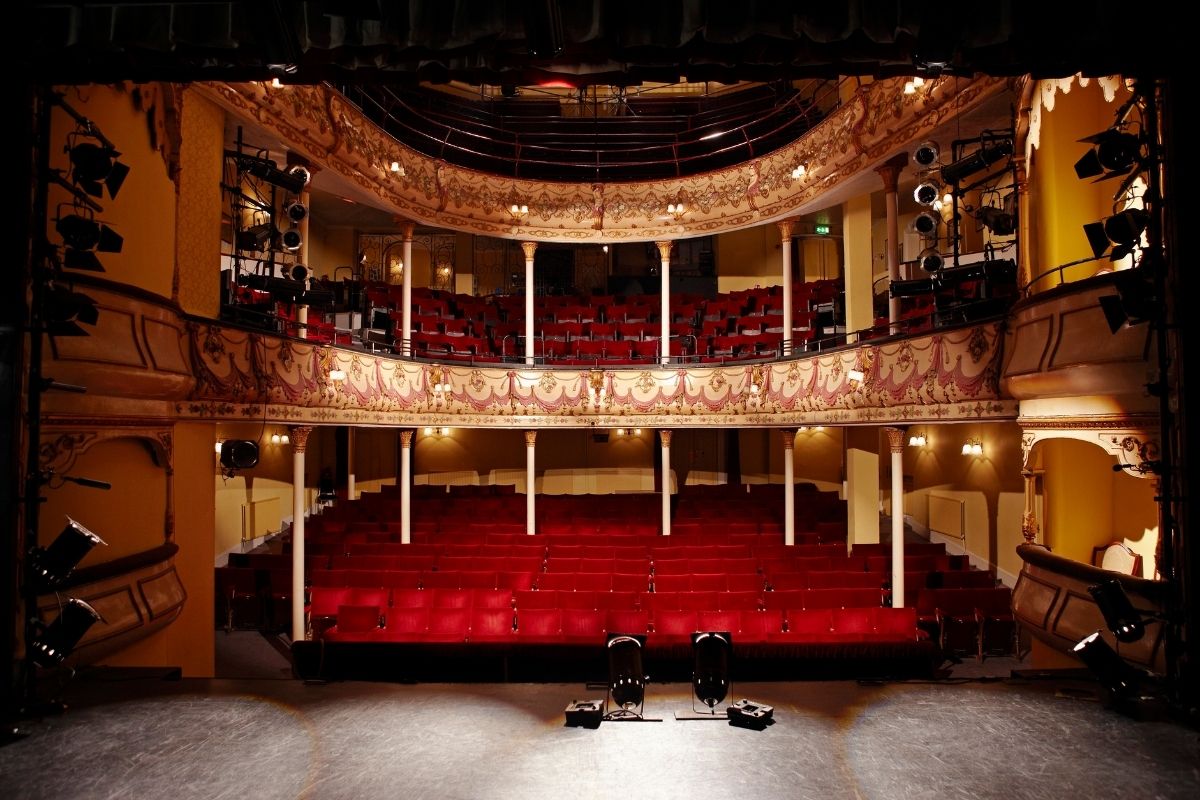Robert Galinsky on Communicating With Investors
“When I said, ‘Will you be a presenter?’ They all said, ‘What’s a presenter?’ And I said, ‘It’s like a producer, but you don’t put any money in. You’re just a presenter’. And when they didn’t have to put money in, it was even more enticing for them,” says Robert Galinsky.
“So now I got a team with A-list Hollywood actors, hard-core working actors that are respected both in theater and in film. Matter of fact, Barry Shabaka Henley starred in “Jitney,” August Wilson’s “Jitney.” So now I got solid people with great reputations. So now I could go to the investor.”
Galinsky had another mentor in the performing arts, Mark Schoenfeld, who wrote the musical “Brooklyn,” which ran on Broadway. Schoenfeld taught Galinsky that a lot of interesting people have resources, and it’s time to start asking about them, which can only help in performing arts education.
Galinsky says, “So here’s a point I want everybody to get. Change your mind about when you ask somebody for something. When you ask somebody for something, you’re not a burden. That’s a compliment. It’s a compliment. So refrain. Don’t go in asking. I didn’t go to my investor going, ‘Could you, could you give me the money, could you?’ No, I went into my investor going, ‘You’re the man. You make things happen. I want you to make it happen with me. With me, not for me.'”
So the take away from Galinsky’s main point, it’s really important to go in there knowing what you want, and take this as a great lesson in online performing arts education. Because he’s going to go, “Wow.” No matter what question you ask of anybody. “Wow, they thought that much of me to ask me to come in on this?” This doesn’t mean they’re going to say yes immediately. They’re going to examine everything and all the variables, like who’s on the team, what is the script, what is the history of the work, who is this person, and do I want to be associated with them? However, you’ve got to get over the hurdle of asking. You’ve just got to ask. You have to ask people for help.


